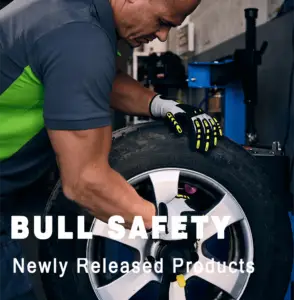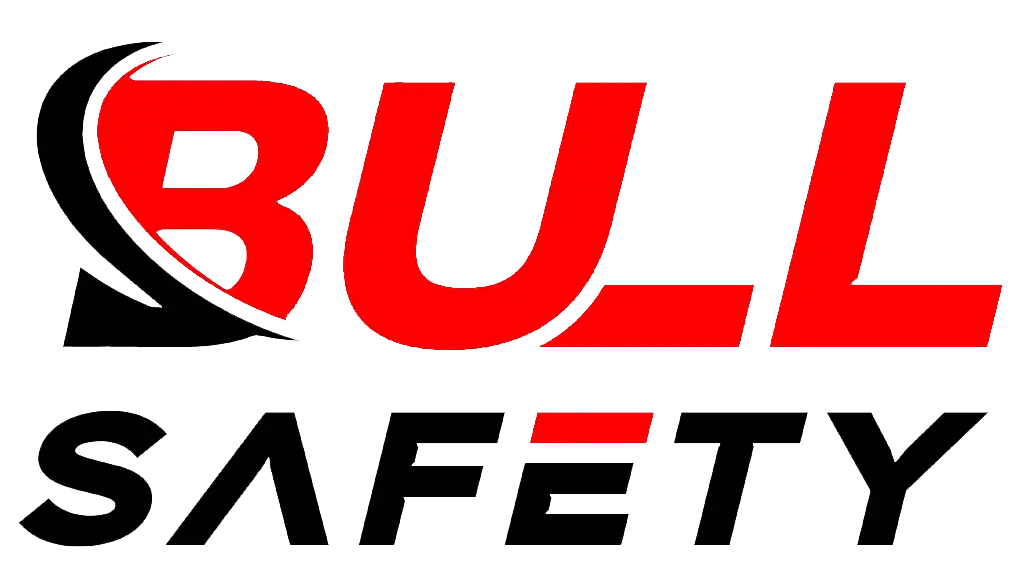
As I deeply involved in work gloves and personal protective equipment (PPE), I know how crucial impact-resistant gloves are for preventing hand injuries in high-risk environments. If you work with heavy tools, machinery, or in industries prone to impact hazards, these gloves should be a staple in your safety gear.
What Are Impact-Resistant Gloves Used For?

Impact-resistant gloves protect hands from blunt force trauma, crushing hazards, and vibration-related injuries. They feature Thermoplastic Rubber (TPR) reinforcements, shock-absorbing padding, and reinforced palms to absorb and disperse impact forces effectively. These gloves are commonly used in construction, mining, manufacturing, and automotive industries, where impact hazards are a daily concern.
To ensure safety, I always recommend choosing gloves that meet recognized standards such as ANSI/ISEA 138 or EN 388 for impact protection.
Where Are Impact-Resistant Gloves Used?

From my experience, these gloves are widely used in industries where workers frequently handle heavy objects, operate powerful tools, or work in unpredictable environments. Some key sectors that rely on them include:
- Construction – Shields hands from falling objects, impact from heavy tools, and potential crush injuries.
- Mining & Oil & Gas – Protects against rock falls, machinery hazards, and vibration exposure.
- Manufacturing – Prevents injuries from heavy machinery, pinch points, and tool impacts.
- Automotive Repair – Reduces vibration exposure when working with power tools and protects against sharp edges.
- Warehousing & Logistics – Minimizes abrasions and impact injuries from handling goods and using equipment.
For businesses looking to improve worker safety, investing in impact-resistant gloves tailored to specific work environments is essential.
What Features Make the Best Impact-Resistant Gloves?
From a purchasing standpoint, the right gloves should strike a balance between protection, comfort, and functionality. Here are the key features I always look for:
| Feature | Benefit |
|---|---|
| TPR (Thermoplastic Rubber) Reinforcement | Absorbs and disperses impact force to protect fingers and knuckles |
| Shock-Absorbing Padding | Minimizes risk of fractures and bruises from heavy impacts |
| Vibration Dampening Technology | Helps prevent hand-arm vibration syndrome (HAVS) |
| Reinforced Palm Protection | Shields hands from crushing injuries and abrasions |
| Durable Coatings (e.g., Sandy Nitrile, PU, Latex) | Enhances grip and abrasion resistance for better control |
Choosing gloves with the right combination of impact resistance and grip ensures optimal performance in different work settings.
When Should Impact Gloves Be Worn?
Impact-resistant gloves should be worn whenever there is a risk of hand injuries from heavy tools, machinery, or repetitive impacts. Some specific tasks that require these gloves include:
- Lifting heavy materials – Reduces the risk of crush injuries and abrasions.
- Using power tools (e.g., drills, grinders, jackhammers) – Helps prevent vibration-related nerve damage.
- Operating machinery in hazardous environments – Shields hands from unexpected impacts, pinch points, and sharp objects.
For the best protection, I always advise selecting gloves that meet the appropriate ANSI/ISEA 138 impact protection levels (Levels 1, 2, or 3) depending on the job’s risk level.
FAQs
Q: What are the key features of impact-resistant gloves?
A: They include TPR reinforcements, shock-absorbing padding, vibration dampening, and reinforced palm protection to reduce the risk of hand injuries.
Q: Are all impact-resistant gloves ANSI-certified?
A: No, only gloves tested and certified to ANSI/ISEA 138 standards are officially rated for impact protection.
Q: How do I choose the right impact-resistant gloves?
A: Consider the level of impact protection required, grip coatings, durability, and compliance with ANSI/ISEA 138 or EN 388 standards. Selecting gloves tailored to your work environment ensures optimal safety and performance.
Conclusion
Having worked with impact-resistant gloves for years, I can confidently say they are a must-have for workers in high-risk industries. By absorbing and dispersing impact forces, they prevent workplace injuries and enhance worker safety.
If you’re sourcing impact-resistant gloves, be sure to focus on certifications, materials, and industry-specific requirements. The right gloves not only improve protection but also boost productivity by ensuring workers can perform tasks safely and efficiently. Investing in quality gloves means investing in worker well-being—and that’s always a priority in any business.



